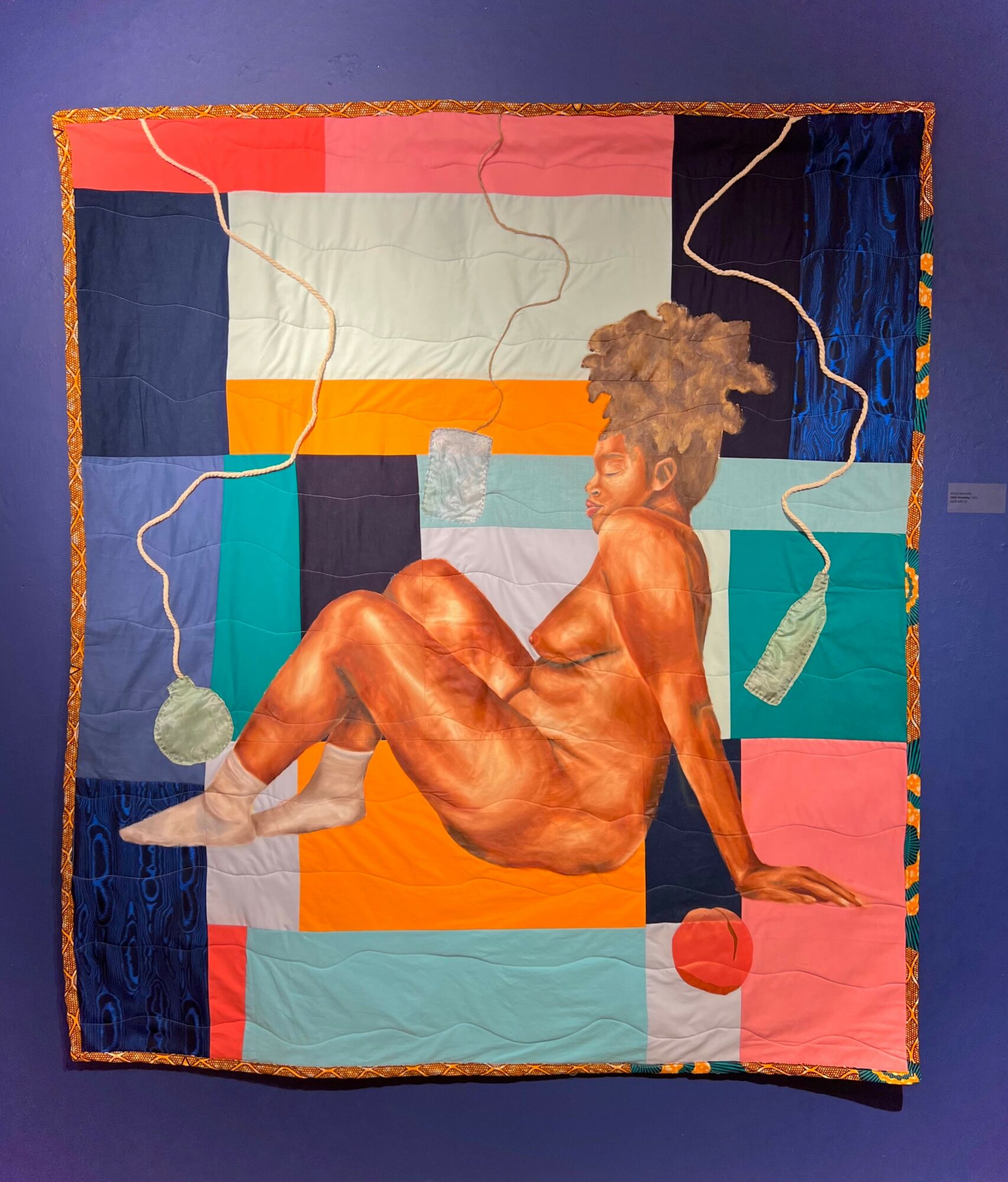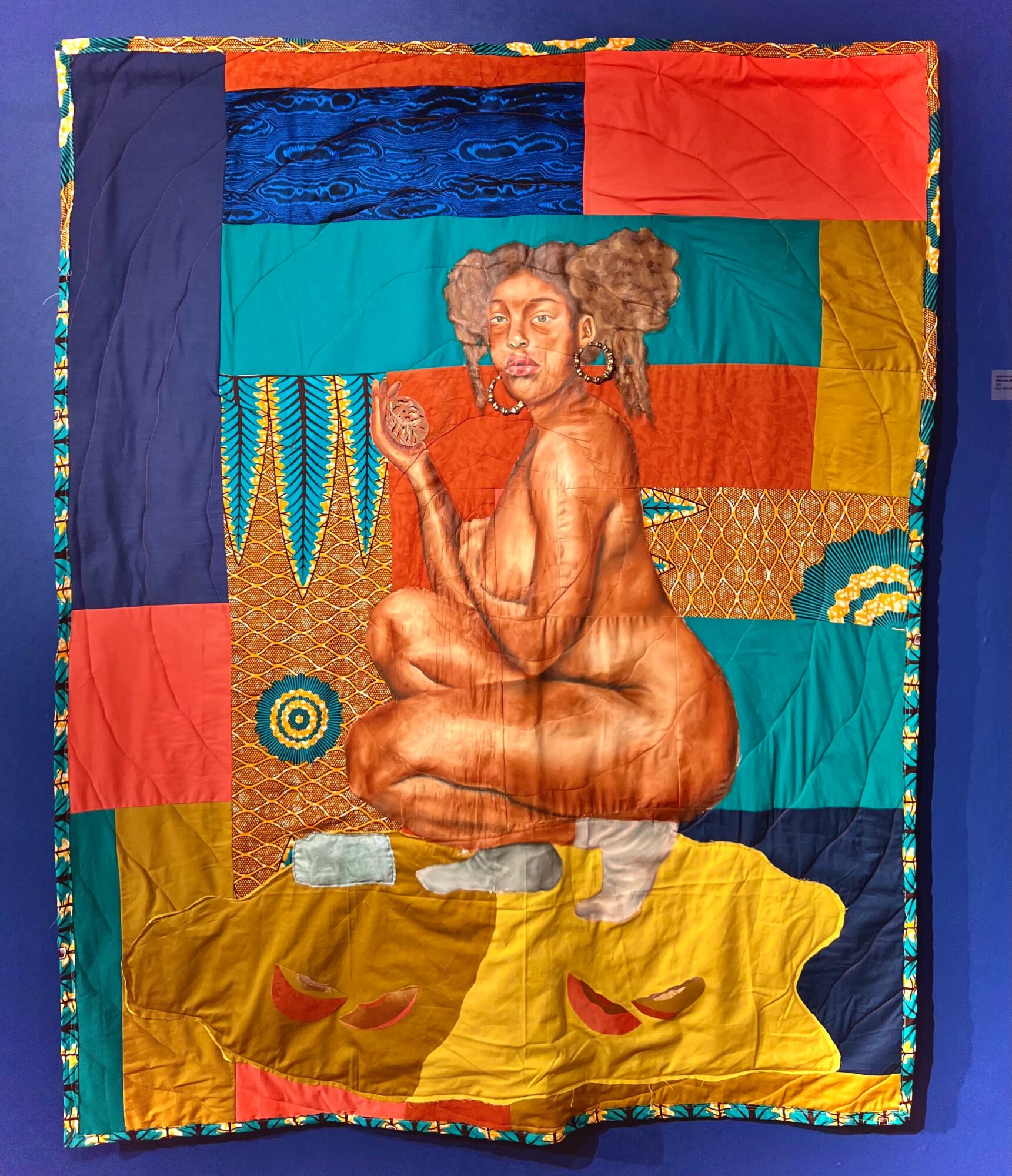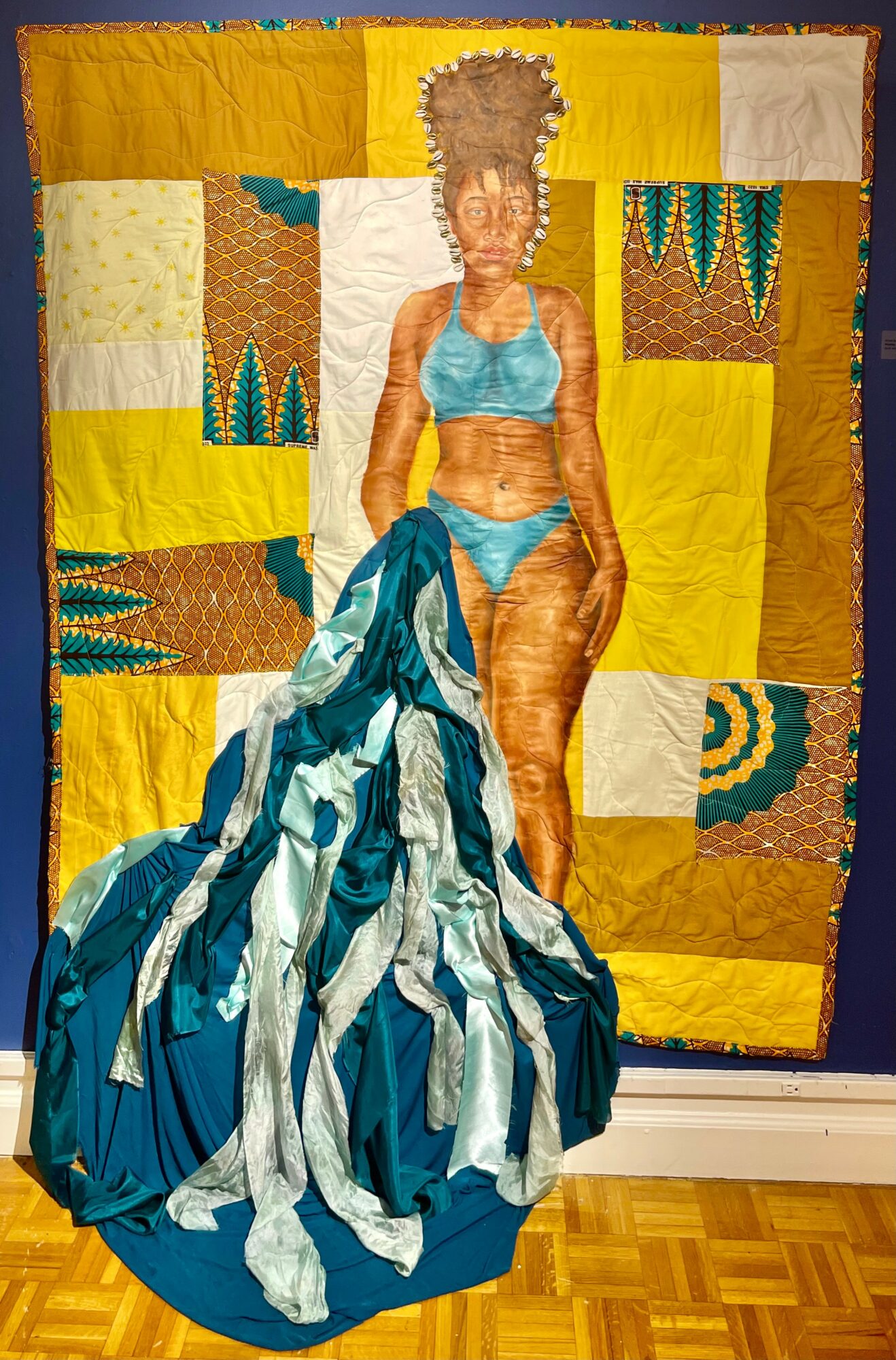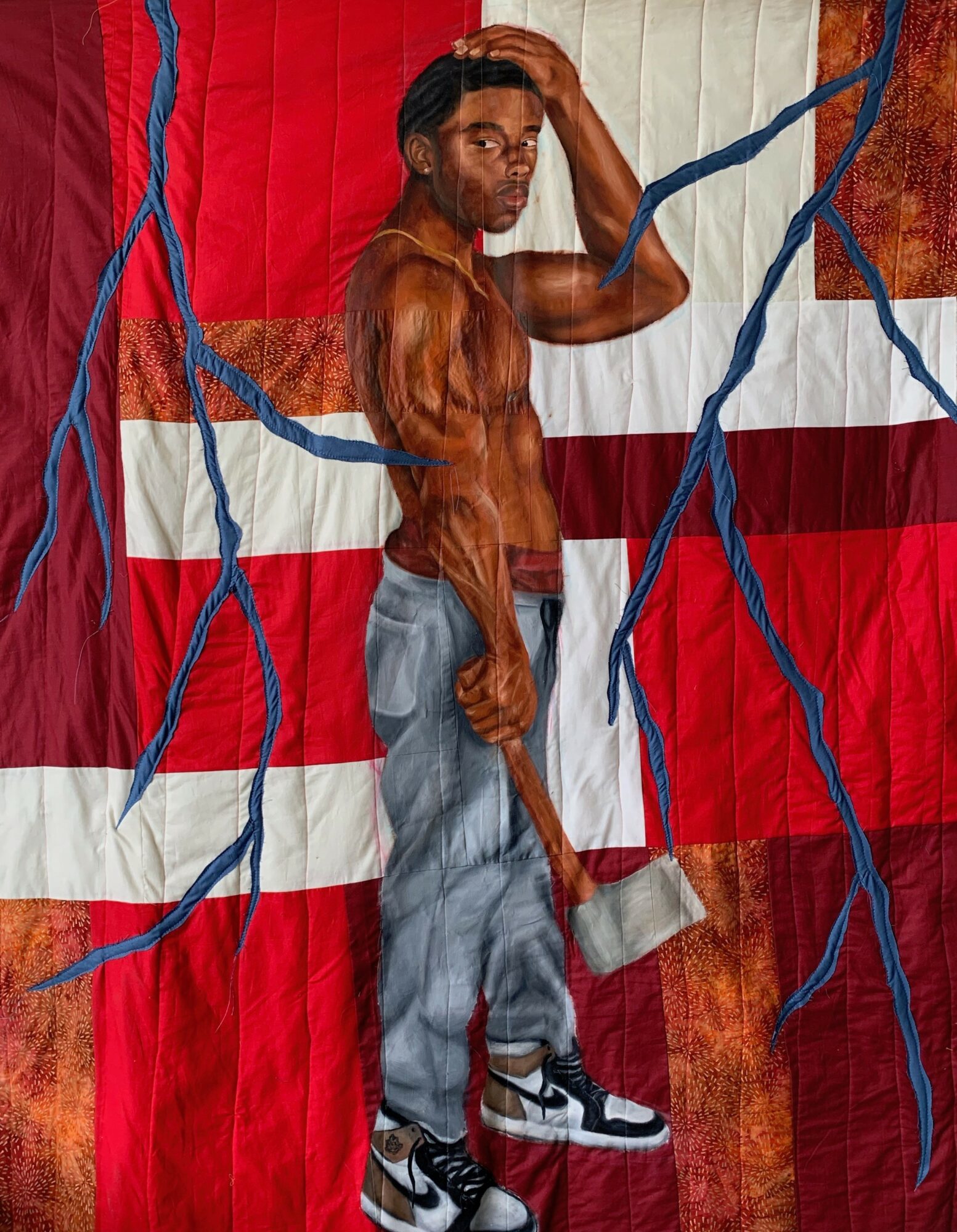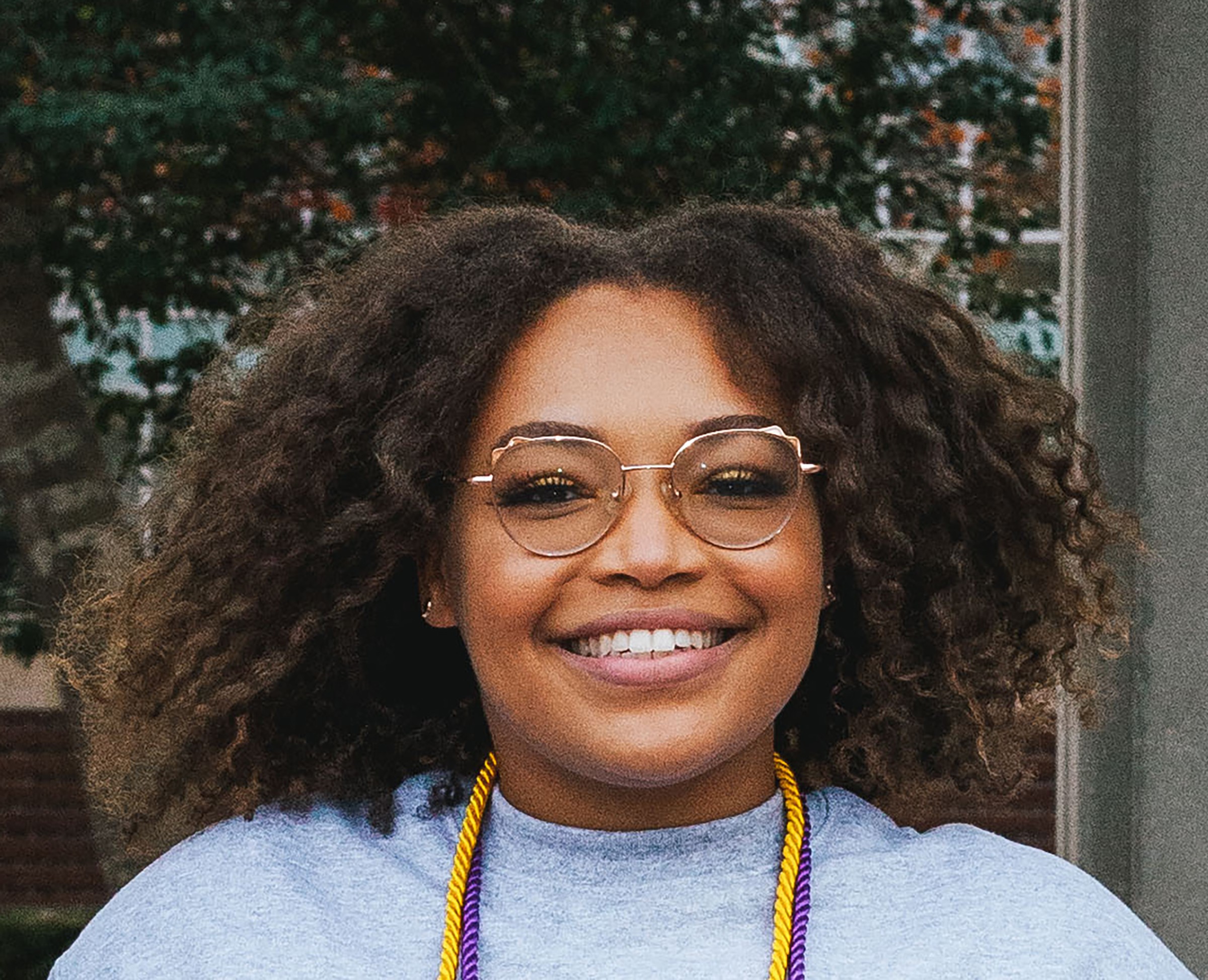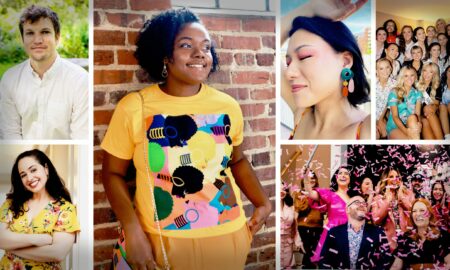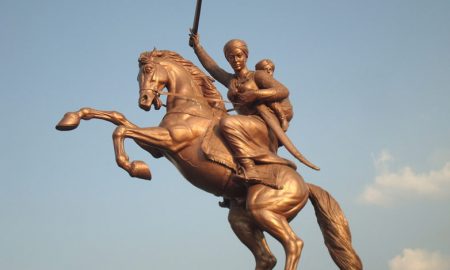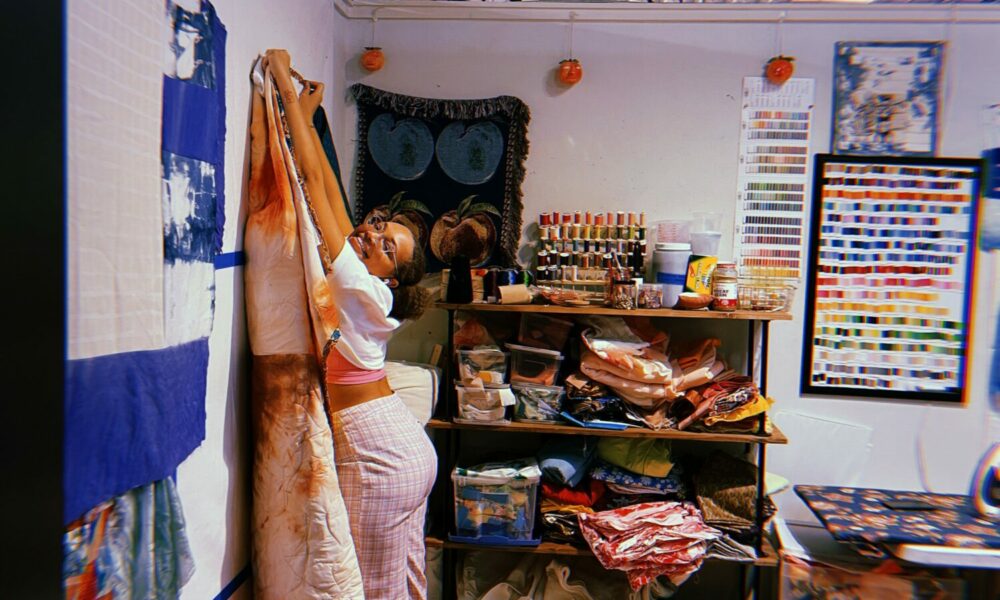

Today we’d like to introduce you to Aliyah Bonnette.
Hi Aliyah, so excited to have you on the platform. So before we get into questions about your work-life, maybe you can bring our readers up to speed on your story and how you got to where you are today?
I was born and grew up in Silver Spring, Maryland until I was 16.
I was not super into art and my family wasn’t very into it either. I did however learn more on the creative side of things and I enjoyed art class in school and did well. I started getting more introduced to art and became more serious with it when I moved to Raleigh. I had an art teacher in North Carolina who was extremely instrumental in my journey.
As I started becoming more serious about art, she really pushed me to pursue it further as a career. This ended up in me choosing to go to college for Fine Art. This allowed me to be where I am today.
We all face challenges, but looking back would you describe it as a relatively smooth road?
The road is never smooth. If it was, I am not sure I would be working so hard. I am someone who thrives in the face of adversity.
Choosing to go to a Predominately White Institution (PWI) while creating art that was so unapologetically Black came with its struggles. It meant that my art was consistently in a space that wasn’t ready for the conversations my art is about. Being an artist full-time means that you are your biggest cheerleader and you make things happen for yourself.
It can be a struggle to maintain faith and to continue to be a motivation for yourself.
Thanks for sharing that. So, maybe next you can tell us a bit more about your work?
My work is heavily influenced by my relationships with my late grandmothers, my ancestors, or my ‘Kindred’ as I call them. I discovered quilting three years ago at age twenty after learning that quilting may have been used in the underground railroad to aid slaves to freedom.
When I first told my grandfather about my sewing, I learned he had quilts and fabric from my late grandmother after she passed away. She was a quilter in the 1970s while living in Georgia and learned to sew by watching her own mother. A few days later, my mother and I drove to Georgia and were surprised to find barrels full of my grandmother’s unfinished quilts as well as used and unused fabrics. I was stunned. It was a sign that my grandmothers were alive within me, guiding me all along.
Over time, I have taught myself a process of improvisational quilting to physically connect to my grandmother and the practices of my women ancestors. By incorporating the very fabrics and unfinished quilts she touched and sewed herself, my practice becomes a space to stitch together the stories and memories of black women across generations. My work tells the story of a black woman’s journey to find herself. My figures are representations of me and the women around me.
Through them, I construct stories of our own blackness, femininity, and sexuality beyond the violence and hyper-sexualization that we face as Black women in a colonized world. My kindred who have lived through slavery and Jim Crow directly aid me in the process of making while simultaneously guiding me on my own path of womanhood. The figures within my work are women living in comfortable environments where they may reveal their authentic selves.
They are Black women, often partially or fully nude, who take ownership of their bodies and refuse to be controlled by imposed standards of race, gender, or sexuality. Guided by the Kindred, both myself and my figures may find our paths to our true selves, imagining who we may have been without the interference of colonization.
What was your favorite childhood memory?
My grandmother on my father’s side played an enormous role in my life as well. My favorite memories almost always include her. One of my favorite memories is when she would pick me up from daycare and we would drive to McDonald’s to get caramel ice cream sundaes.
Contact Info:
- Email: [email protected]
- Website: www.aliyahbonnette.com
- Instagram: https://www.instagram.com/sweetpeachlee/
